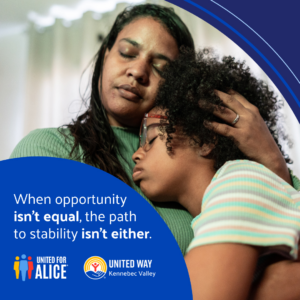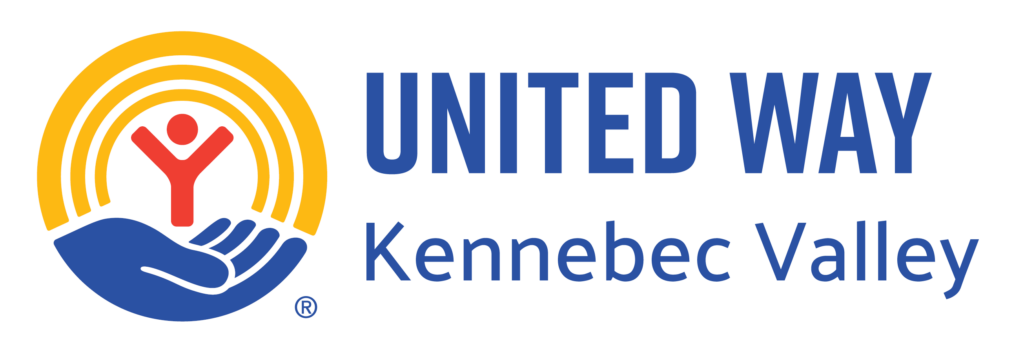WHO WE ARE
News

Working – and still falling short: 2 in 5 working households in Kennebec County struggle to get by
New research zeroes in on households living paycheck to paycheck, yet often with income that’s too high for assistance Kennebec County, ME – In 2023, 40% of workers in Maine’s 20 most common

Partner Program Spotlight: MaineGeneral Hospice
The following success story was submitted by MaineGeneral Hospice. Dollars given to United Way of Kennebec Valley support this program as well as many others across Kennebec Valley. A MaineGeneral

UWKV partners with a record 26 schools for student days of caring
KENNEBEC VALLEY, ME – This spring and fall, United Way of Kennebec Valley (UWKV) is partnering with a record-breaking 26 local schools and programs, along with area businesses, to host

United Way of Kennebec Valley Names Jared and Vivian Mills as 2025 Campaign Co-Chairs
AUGUSTA — United Way of Kennebec Valley (UWKV) has appointed Jared and Vivian Mills, an Augusta couple with deep roots in community service, as campaign co-chairs for the 2025 fundraising

Partner Program Spotlight – Mid-Maine Homeless Shelter & Services
The following success story was submitted by Mid-Maine Homeless Shelter & Services. Dollars given to United Way of Kennebec Valley support this program as well as many others across Kennebec

ALICE Spotlight – Dorianne Poulin
My name is Dorianne. I am 24 years old and live here in Central Maine. I have been here for over five years now, and during that time, I have



